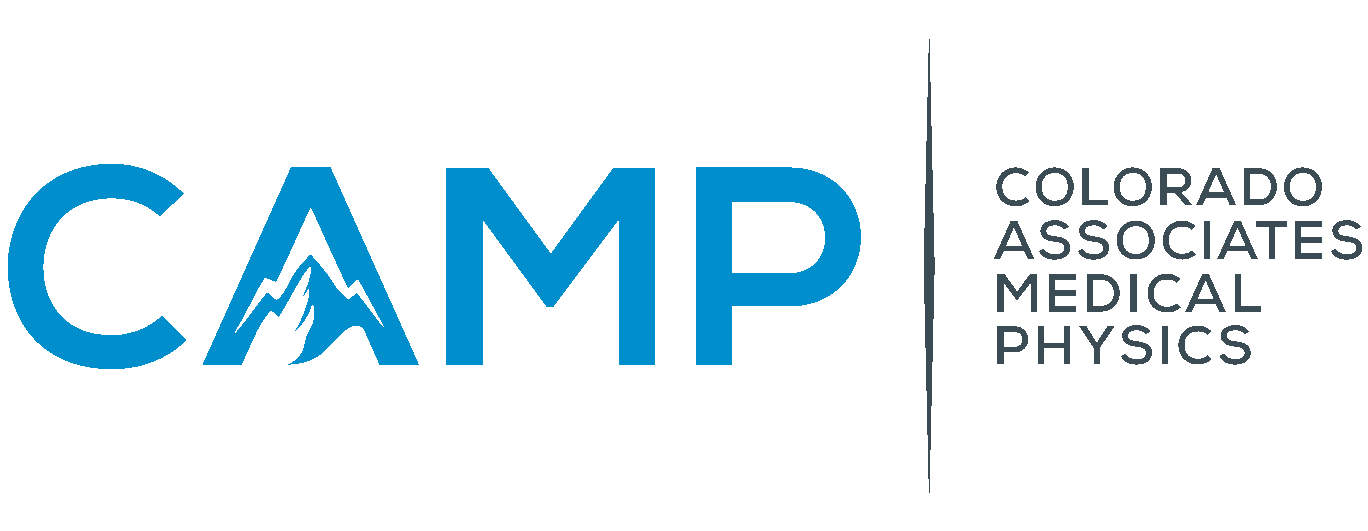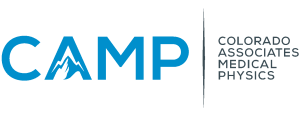Introduction to Dosimetrist Justin Macal
Ever wondered what it takes to excel in the challenging world of medical dosimetry? How does one stand out among their peers and achieve remarkable success in the field? Dive into the inspiring journey of Dosimetrist Justin Macal as he conquers the prestigious AAMD Plan Challenge.
The field of medical dosimetry requires a unique blend of technical expertise, critical thinking skills, and a deep understanding of radiation therapy. Dosimetrists play a crucial role in creating treatment plans tailored to each patient’s specific needs, ensuring the safe and effective delivery of radiation therapy.
Justin Macal’s exceptional performance in the AAMD Plan Challenge serves as a shining example of dedication, innovation, and mastery in the field of medical dosimetry. Through his relentless pursuit of excellence, Justin has set a new standard for dosimetrists everywhere, inspiring others to push the boundaries of what is possible in this demanding profession. Join us as we unravel the secrets behind Justin’s success and gain valuable insights into mastering the art of dosimetry.
Q&A with Justin Macal
Q: Justin, can you tell us about your background and how you got started in dosimetry?
A: I graduated from John Patrick University in December 2023, and my journey into dosimetry started during my clinical rotations at Rose Medical Center in Denver, CO. It was there that I discovered my passion for treatment planning. I was fortunate to have some amazing mentors who really encouraged me to explore my potential and push my boundaries.
Q: What initially drew you to participate in the AAMD Plan Challenge?
A: The challenge is renowned in the field for its rigorous standards. For me, it was an opportunity to test my skills and learn from some of the best dosimetrists around. I first participated in the 2023 AAMD Plan Challenge as a student and managed to place 33rd out of 120 participants, which was really encouraging. For the 2024 challenge, I aimed even higher, hoping to land in the top 10%. My goal in entering the competition, however, has always been to learn as much as possible from the other experts who’ve entered.
Q: How do you balance your responsibilities at work with preparing for such a demanding challenge?
A: Balancing work and preparation for the challenge is tough. It’s as much a time management challenge as it is a planning challenge. I dedicated weekends to working on the challenge, often spending full days focused on refining my plan.
Staying organized is crucial, so I prioritized tasks at work to ensure my daily responsibilities were met without compromising the quality of my preparation for the challenge. It involved a delicate balance of managing clinical workloads and finding time to innovate and improve my plans. Ultimately, the dedication to improving my skills and the opportunity to showcase my expertise at a prestigious event keeps me motivated and committed to achieving my goals.
Q: Can you share some insights into the 2024 AAMD Plan Challenge and what made it unique?
A: The 2024 AAMD Plan Challenge focused on a particularly complex case: a 62-year-old female with recurrent squamous cell carcinoma of the right face anterior to the maxilla having received MOHS twice with cranial nerve V2 involvement to Meckel’s Cave.. Initially, proton therapy was expected to be the superior treatment due to its superior OAR sparring. However, the challenge revealed that proton therapy could not achieve the same level of conformity and better OAR sparring , challenging our assumptions about treatment modalities.
Participants faced additional hurdles with strict beam use limitations, requiring innovative problem-solving and creativity to develop effective treatment plans. Most treatments rely on coplanar fields, where the radiation beam rotates in a single plane around the patient. However, in complex cases like this one, non-coplanar fields can be more effective. By adjusting the beam to target the tumor from various couch kicks, we could better protect surrounding organs while ensuring precise tumor targeting and conformity. This experience highlighted the importance of beam geometry in dosimetry, and to always be innovating and challenging our status quo.
Q: What role does technology, especially AI, play in your work as a dosimetrist?
A: AI has transformed the field of dosimetry by streamlining the treatment planning process and significantly improving the accuracy of contouring.The integration of AI in contouring has been especially impactful, reducing the time needed for this manual process from hours to mere minutes while maintaining high accuracy.
It’s essential for dosimetrists to embrace technology and be open to new methods and tools, as relying on default settings can limit our potential. In my experience, AI automates routine tasks, allowing us to focus on complex challenges and patient care optimization.
Every tool within our planning systems, like the Eclipse Treatment System, offers unique capabilities that can lead to better patient outcomes. Understanding and leveraging these tools enabled me to achieve success in the AAMD Plan Challenge by going beyond standard defaults – I changed the defaults and experimented, and that was one of the tipping points of my success in the plan challenge. I knew how to leverage the optimization and calculation tools within the planning system that would allow me to achieve the best results.
Overall, AI empowers us to refine treatment plans and deliver precise radiation doses, ultimately enhancing patient outcomes and driving the field forward. As AI technology continues to evolve, I am excited about the new possibilities it will bring to dosimetry, further improving efficiency and accuracy in our work.
Q: How do you see the future of dosimetry evolving with new technologies like adaptive planning?
A: Adaptive planning has the potential to be the future of dosimetry, allowing real-time adjustments to treatment plans based on changes in a patient’s anatomy. This enhances precision and accuracy in treatment. I think it will also lead to therapists being more likely to take on dosimetric roles, like verifying contours and plans, while dosimetrists and physics will focus on evaluating and approving them for physician signoff. These advancements in the field are promising and have the potential to improve patient care significantly.
To ensure optimal patient outcomes, this shift will necessitate heightened collaboration and trust among team members. Close teamwork is essential. While adaptive planning offers significant advantages, it’s important to recognize that the physics team will need additional resources to validate this technology effectively. The capability to swiftly adjust treatment plans will minimize the risk of underdosing or overdosing tumors, ultimately leading to more effective and personalized care.
Q: What advice would you give to aspiring dosimetrists who want to participate in plan challenges?
A: My advice would be to embrace every opportunity to learn and grow. Participating in plan challenges is a fantastic way to test your skills and gain valuable insights. Don’t be afraid to take risks and make mistakes, as they are crucial learning experiences. Also, seek mentorship from experienced professionals, as they can provide invaluable guidance and support.

Q: Can you tell us more about your passion for dosimetry and what keeps you motivated?
A: I started as a radiation therapist, and my journey into dosimetry was driven by a desire to continually learn and excel. The creative aspects of treatment planning really excite me, and I love the challenge of finding the best solutions for patient care. I’m passionate about sharing my knowledge and inspiring others in the field, which keeps me motivated every day.
Concluding Thoughts
Justin Macal’s journey is a powerful example of what can be achieved through dedication, innovation, and a passion for continuous improvement. His success in the 2024 AAMD Plan Challenge is a testament to his expertise and commitment to excellence in the field of dosimetry.
A major recurring theme in Justin’s interview was mentorship, and how it has played a pivotal role in Justin’s success. The supportive community within dosimetry fosters collaboration and knowledge-sharing, which has been instrumental in Justin’s development as a leading figure in the field. The competitors in the challenge, including the winner, are known to share their research, insights and knowledge with the other participants, which continues to result in positive growth within the industry.
Justin also emphasized the importance of knowing and utilizing the tools within treatment planning systems. His deep understanding of the Eclipse Treatment Planning System enabled him to achieve optimal results in the AAMD Plan Challenge. He encourages dosimetrists to explore different planning techniques and embrace technological advancements to improve efficiency and effectiveness in patient care.
Justin’s achievements highlight the importance of both technical skills and creative problem-solving in dosimetry. The challenge revealed an unexpected outcome: the effectiveness of photon therapy over proton therapy in a particularly complex case. This result underscores the ongoing advancements and discoveries within dosimetry and the critical role of strategic thinking in treatment planning. It also serves as a reminder of the dynamic nature of career paths within healthcare, where opportunities for growth and specialization are abundant.
As the field of dosimetry continues to evolve with advancements in technology and treatment planning, professionals like Justin are leading the way, demonstrating the potential for creativity and innovation in delivering optimal patient care. Justin’s story serves as an inspiration to aspiring dosimetrists, highlighting the importance of embracing new challenges, learning from every experience, and staying open to technological advancements. By following Justin’s example, future dosimetrists can continue to push the boundaries of what is possible and make a lasting impact on the field of medical dosimetry.
A special thanks to the University of Maryland Radiation Oncology for allowing us to share all information and for organizing the Plan Challenge, which inspires dosimetrists like Justin to push the boundaries of innovation and excellence in the field of medical dosimetry.
Connect with CAMP
Looking to connect with Justin? You can find him on LinkedIn.
Want to learn more about medical physics, dosimetry, and the latest advancements in treatment planning? CAMP offers a wealth of resources and expertise to help you stay informed and engaged in this dynamic field. Whether you’re a healthcare professional, student, or simply curious about the science behind radiation therapy, CAMP is here to support your journey.
Visit our website to explore our services, discover educational opportunities, and join a community dedicated to advancing medical physics.






